-
 Call Now ! +86 135 3835 3835
Call Now ! +86 135 3835 3835 -
 Email Now Fanyl@mhlcd.com
Email Now Fanyl@mhlcd.com


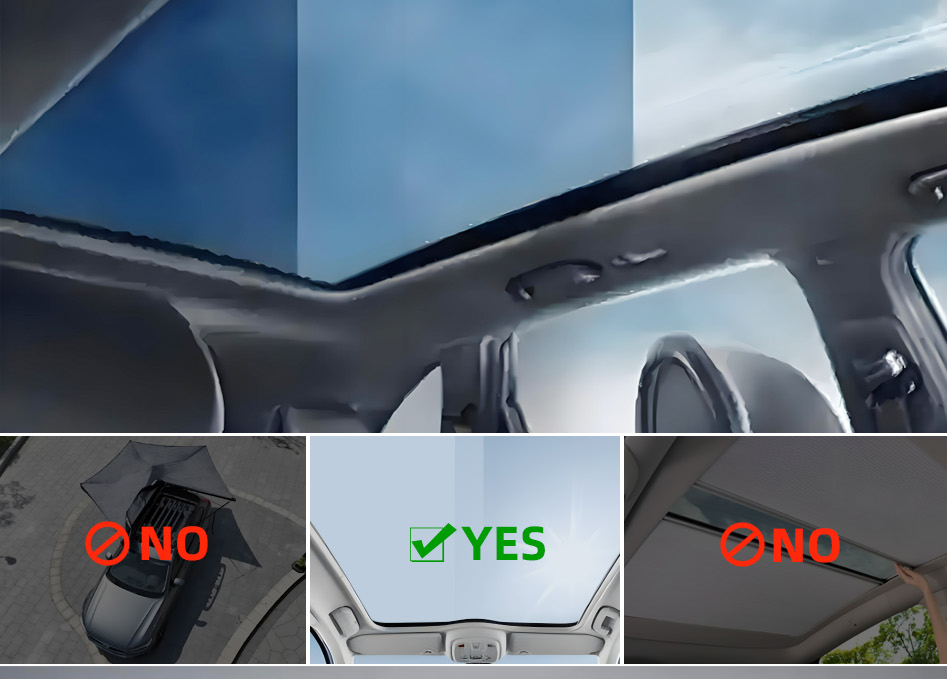
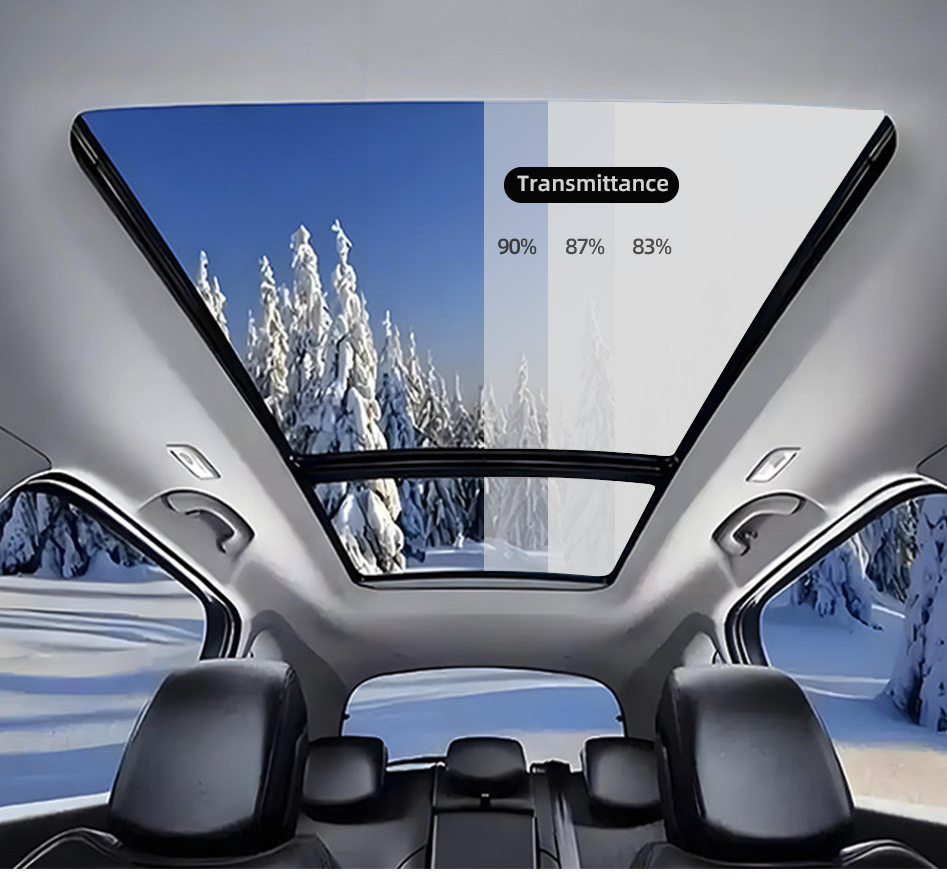
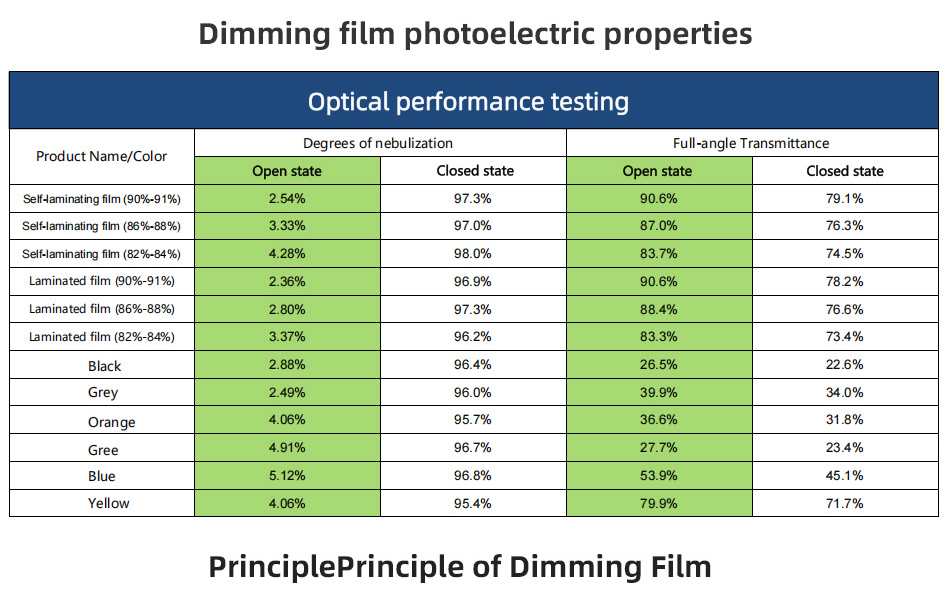
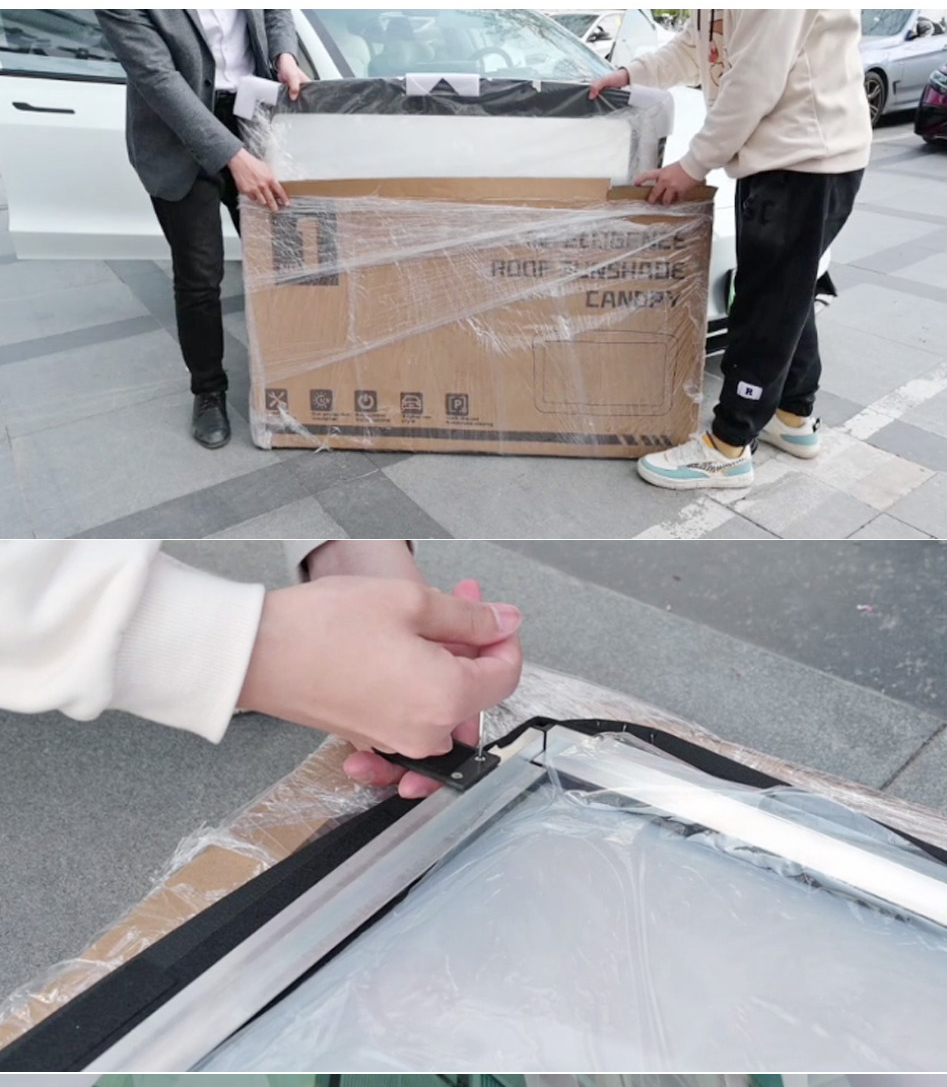
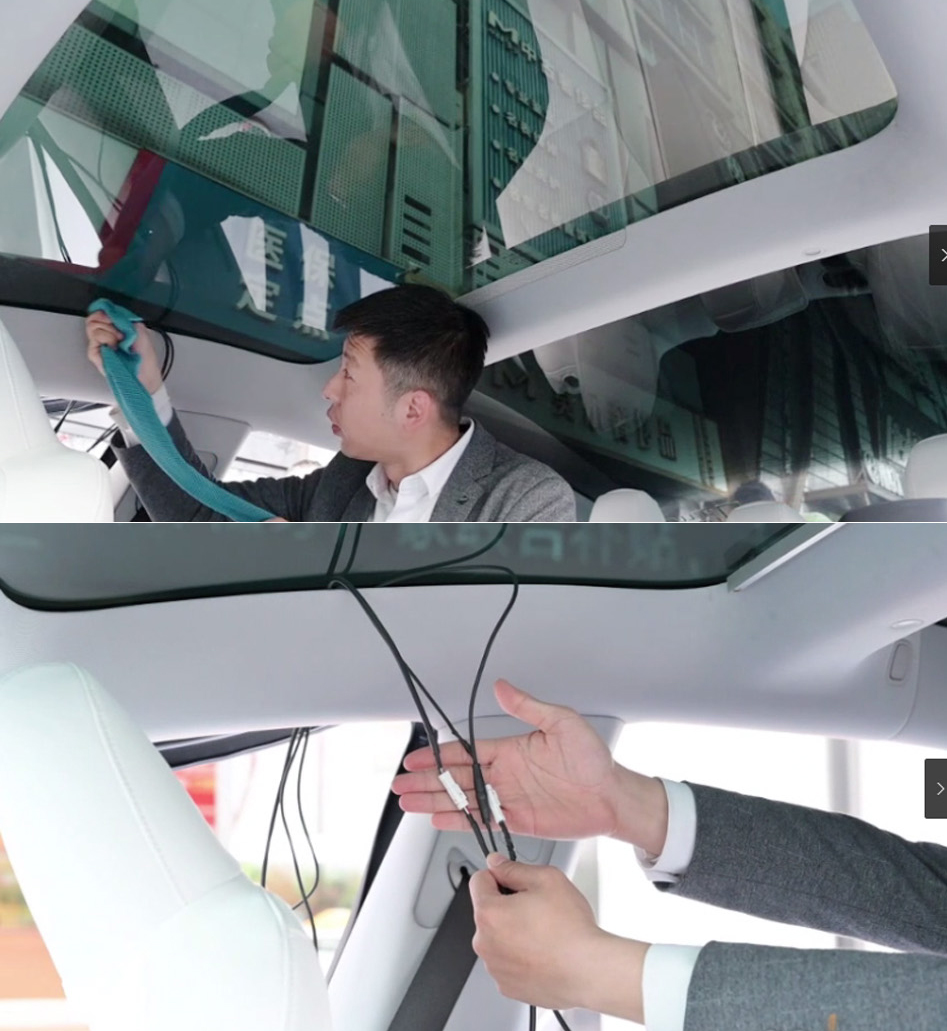
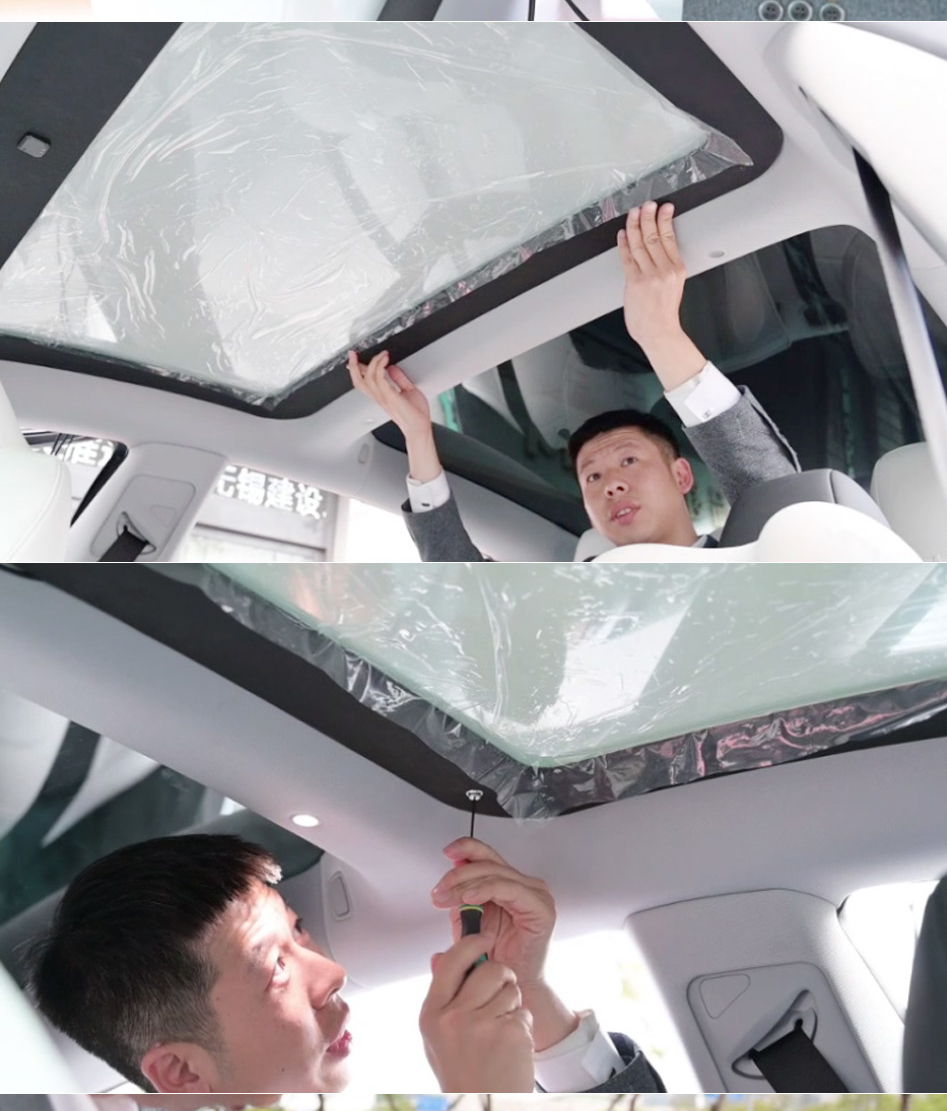
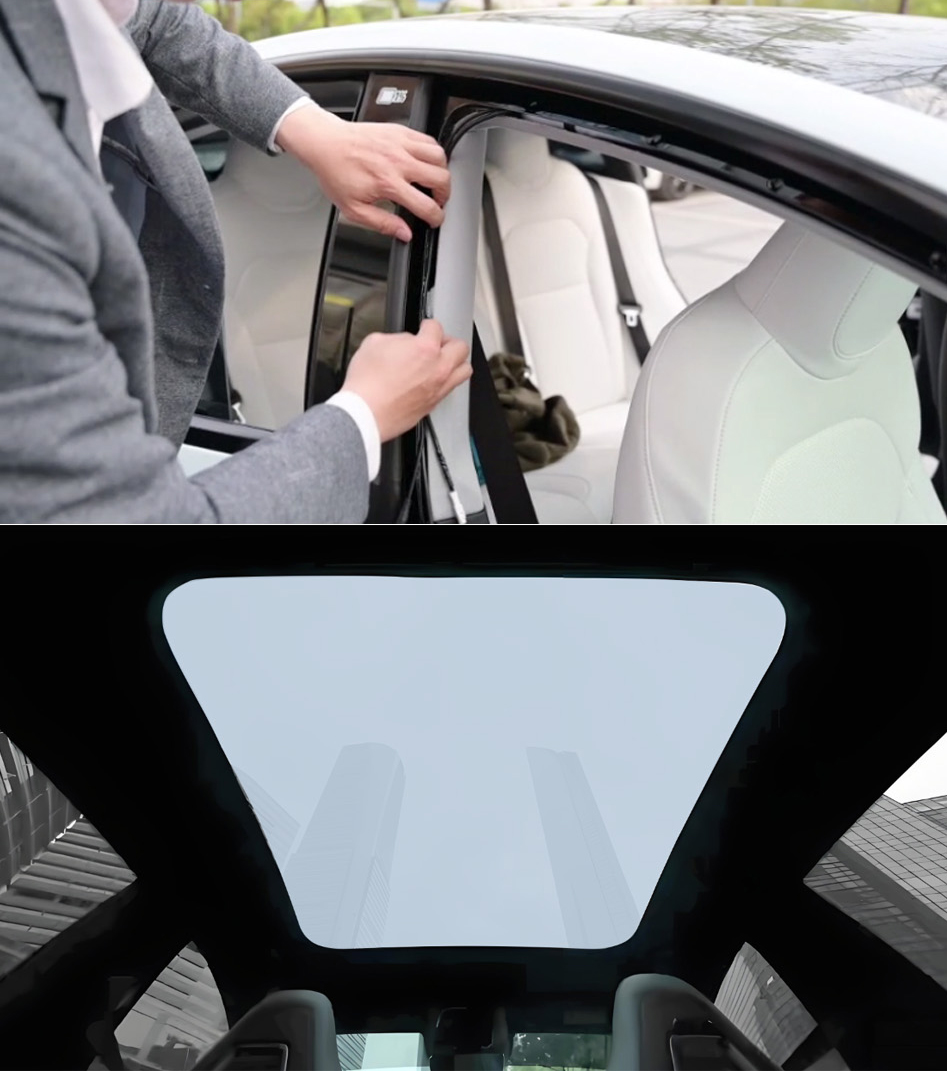
Smart Dimming Glass for Automotive Applications
(Also referred to as PDLC dimming glass or electrochromic glass) is an advanced high-tech glass that adjusts its transparency via electrical current or light control. It offers the following key advantages:
One-Toggle Transparency/Frosted Effect: Instantly switches between clear and opaque states via electronic or optical control, ensuring cabin privacy (e.g., anti-peeping) while eliminating the need for conventional sunshades.
Zoned Dimming: Certain premium models support selective dimming (e.g., rear side windows only) to accommodate diverse needs.
Smart Sunshading: Automatically or manually modulates light transmission to reduce glare and block UV radiation (blocks over 80% of UV rays), lowering cabin temperature and improving ride comfort.
Anti-Glare: Minimizes glare from oncoming headlights at night or sunlight reflections during daytime, enhancing driving safety.
Reduced AC Load: Cuts heat buildup from direct sunlight, indirectly lowering air conditioning consumption and extending EV range.
Sustainable Materials: Some variants eliminate the need for additional shading accessories, reducing material waste from traditional sunshades.
High-Tech Appeal: Dynamic transitions between transparent and frosted states create a cutting-edge ambiance, elevating the vehicle’s premium feel (common in high-end EVs or commercial vehicles).
Streamlined Interior: Removes physical sunshades for a cleaner cabin layout.
Projection Screen: Frosted mode doubles as a display surface for in-car entertainment systems (e.g., rear-seat screens).
Shatterproof Safety: Laminated designs in some products prevent glass fragmentation upon impact, improving safety.
Multiple Activation Modes: Supports manual buttons, light sensors, mobile apps, or voice control (e.g., integrated with smart cockpits).
Versatile Use Cases: Applicable to side windows, sunroofs, and rear windshields—ideal for panoramic roof models.
Higher Cost: Pricier than standard glass, primarily featured in mid-to-high-end vehicles.
Power Dependency: Requires continuous electricity to maintain state (though power consumption is typically low); malfunctions may disrupt functionality.
EVs: Tesla Cybertruck (rear privacy glass), NIO ET7 (electrochromic sunroof).
Commercial Vehicles: Retrofitted rear privacy glass for business接待 (business接待: business reception).
Smart dimming glass is becoming a pivotal feature in automotive intelligence and comfort. As the technology matures, costs are expected to decline further.
We will answer your required questions in the list below, also if you still don't understand, you can just leave your email address and we will give you a more precise customized solution.
Dimming film (also known as intelligent dimming film or PDLC film) is a kind of high-tech film material, which is able to change the light transmittance and realize the switching between transparent and opaque state through electric control, temperature control or light control. The following are its main advantages: